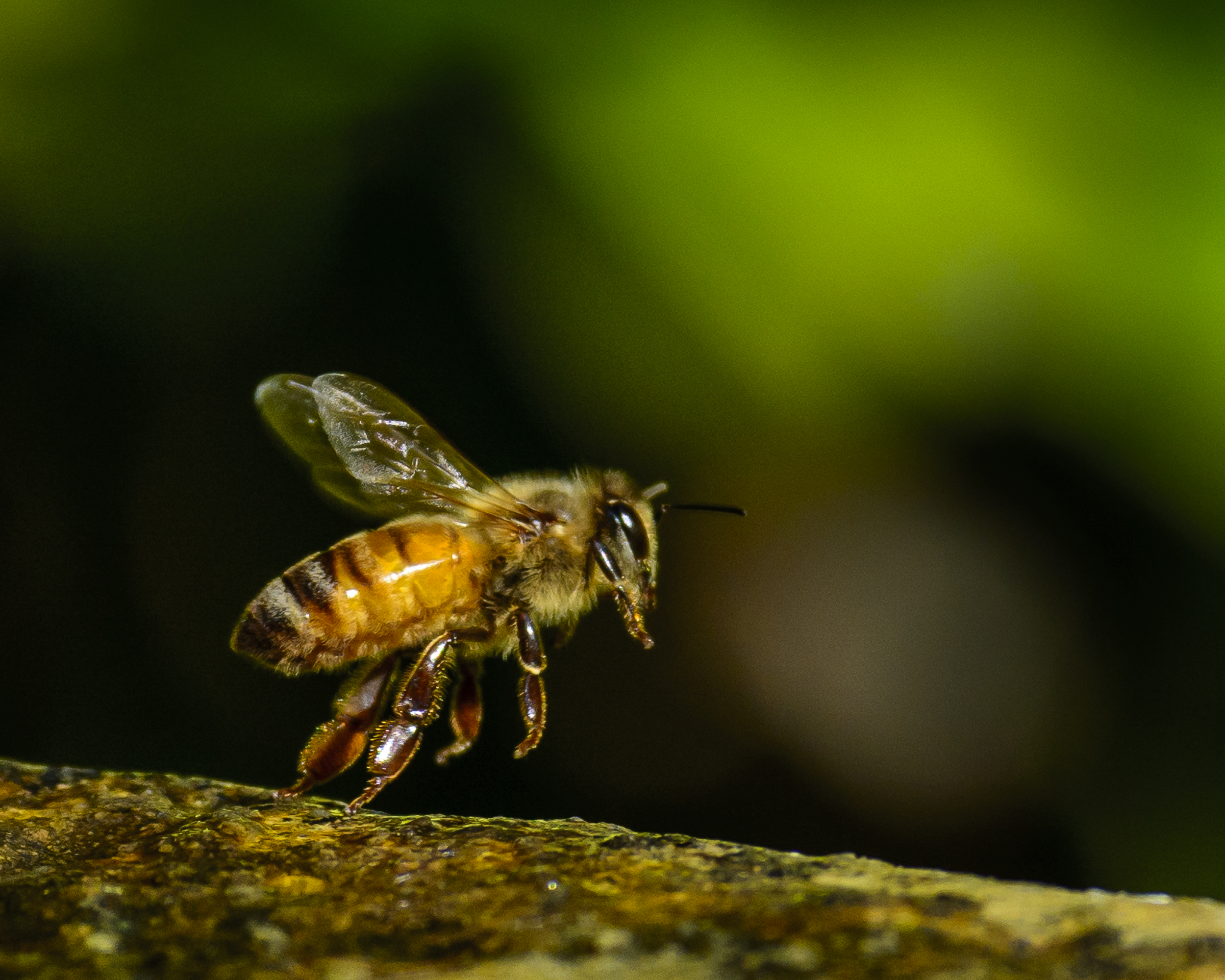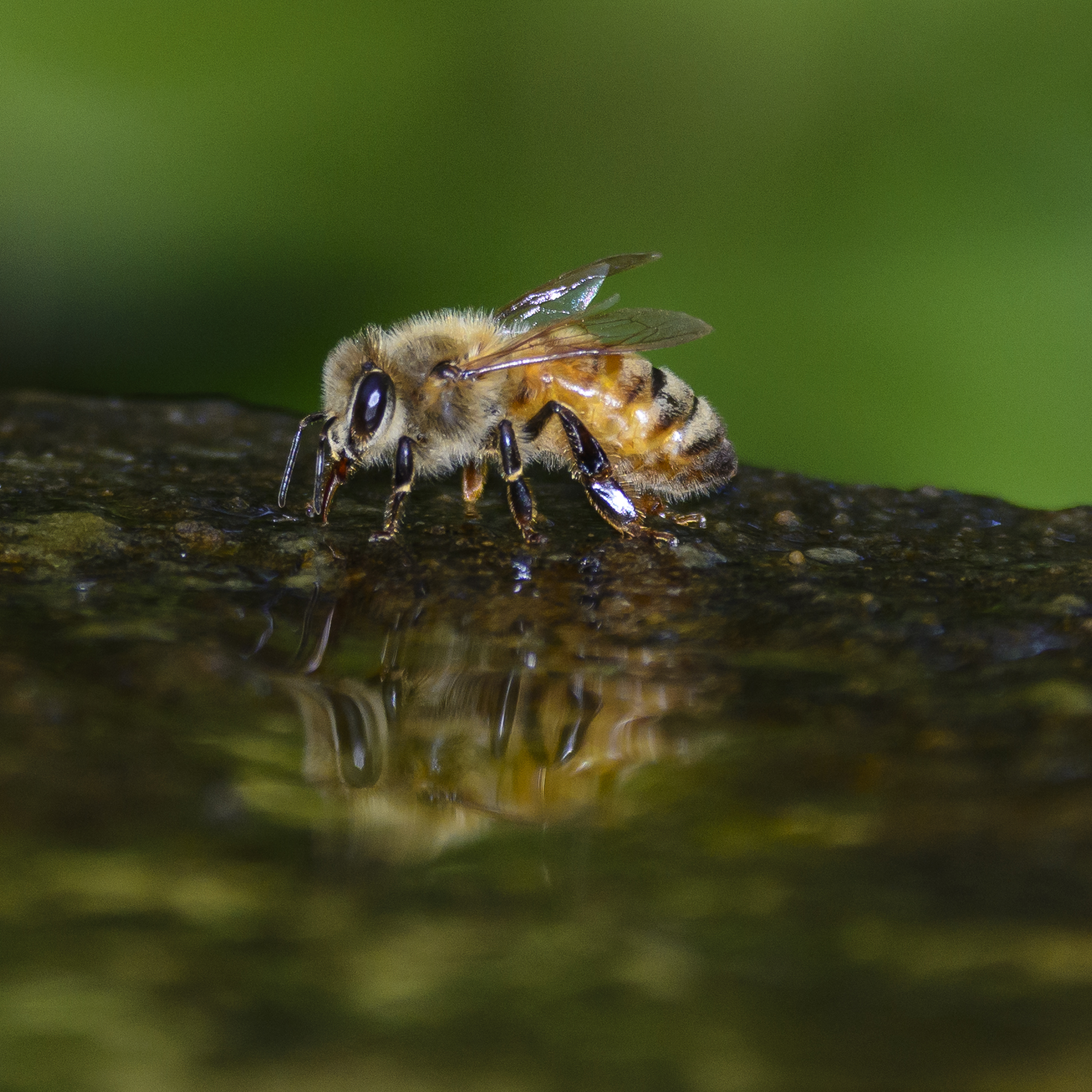I’ve had one of Bobo’s tiny red head feathers stuck to the sticky part of a sticky note for a while now, intending to photograph it with my macro lens but not knowing what would be the best way to set up a shot of it. Once again, my Flickr challenge group helped me out with this dilemma. The topic a couple of days ago was “in hand,” the challenge to take a photograph of something small enough to fit in a hand and that showed the hand along with the item. And after reading the challenge, I realized that a macro shot of the feather on the tip of my finger would immediately show how tiny the feather is. It is no more than 3 millimeters in diameter and comes from the lore, the space on a bird’s head above its beak and between its eyes, comparable to a human’s forehead. Bobo is a Red-Lored Amazon and this tiny feather is what identifies her species.
105mm, ISO 500, f/14, 1/8s














